Local control of pens in a large-scale pen array can be achieved by using a nanotube composite that is photo-responsive to fabricate each individual pen.
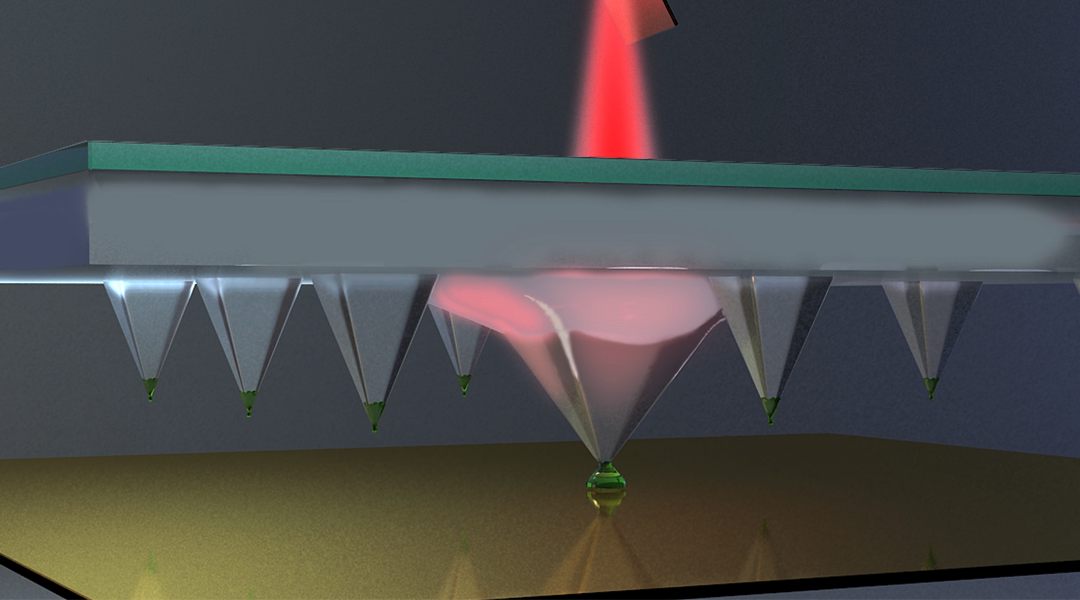

Local control of pens in a large-scale pen array can be achieved by using a nanotube composite that is photo-responsive to fabricate each individual pen.
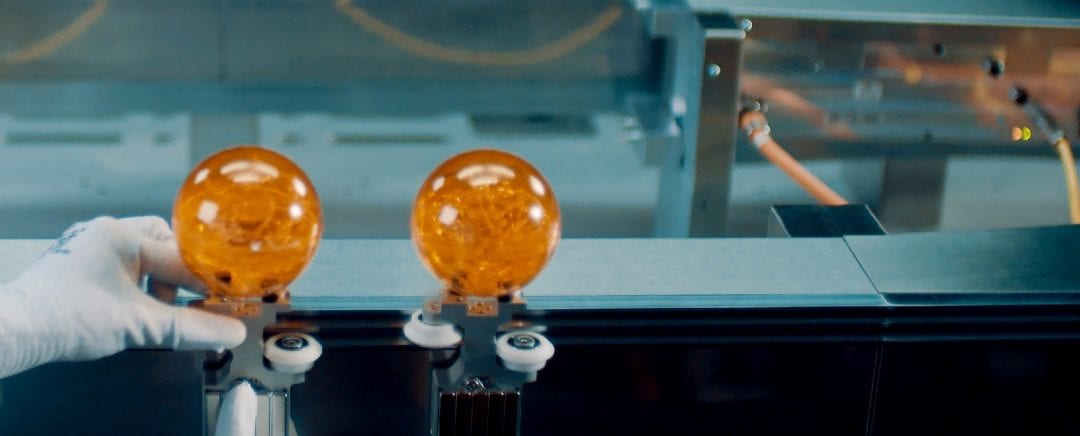
New transport system is pledging to boosts overall equipment effectiveness
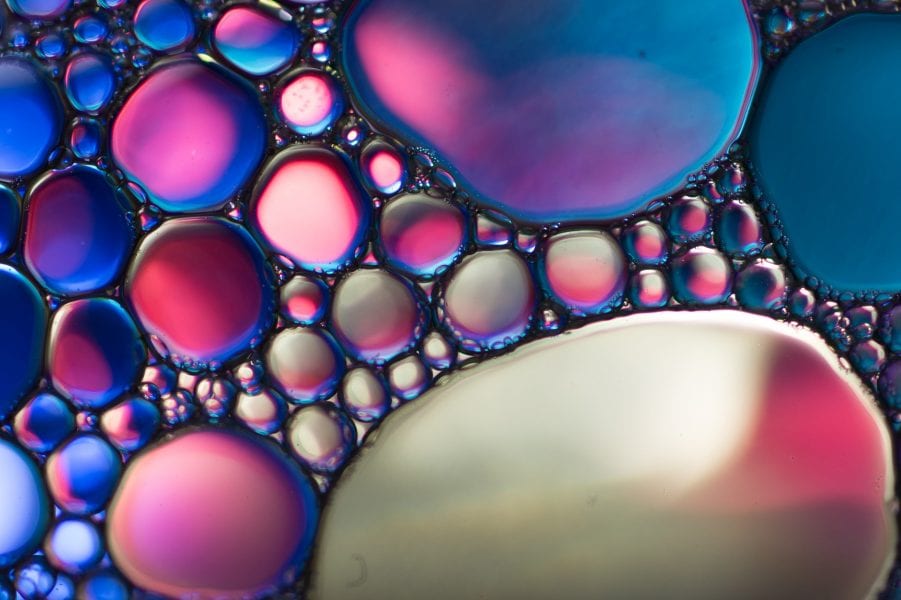
A simple, robust, and versatile way of molding all-liquid objects with potential applications in materials and life sciences.
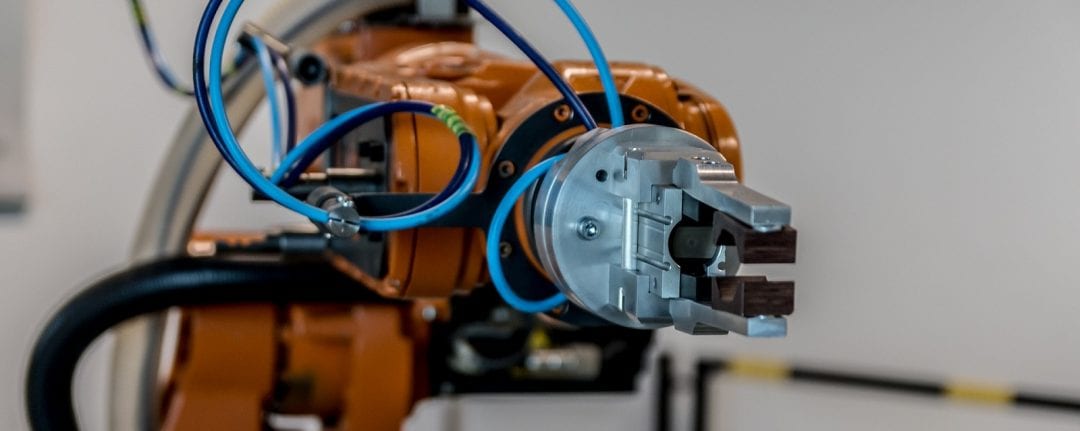
Kawasaki announced the launch of a new robot system that reproduces the movements of expert engineers through remote collaboration.
![Organic Ferroelectric Tunnel Junction for Memristive Devices [Video]](https://www.advancedsciencenews.com/wp-content/uploads/2018/01/ASN_featured_adfm201703273_001.jpg)
Researchers report a ferroelectric tunnel junction for organic-based memristors having a record-high tunneling electroresistance (TER) at room temperature, which could ensure large data integration density in computers.
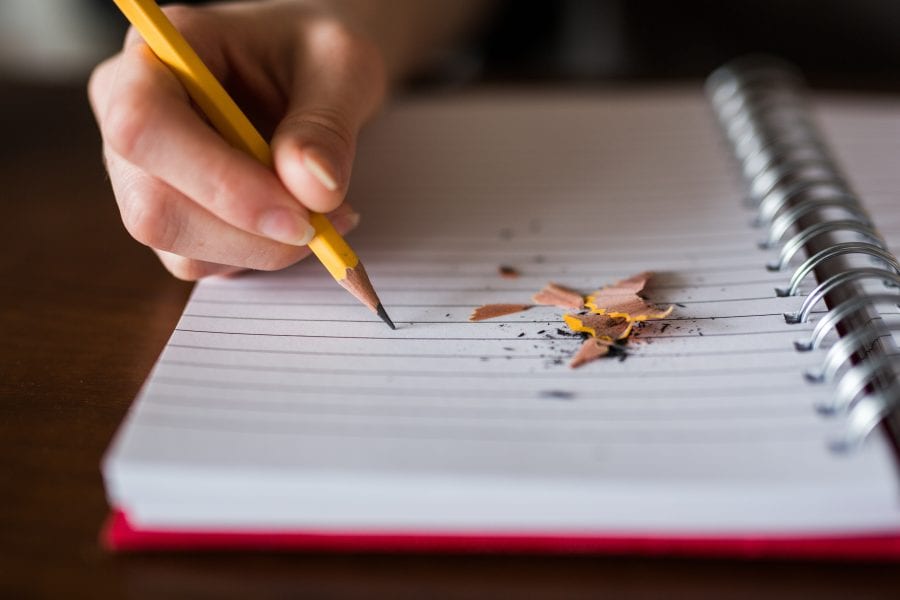
Researchers from INST present various functional materials that have recently emerged as candidates for rewritable paper.
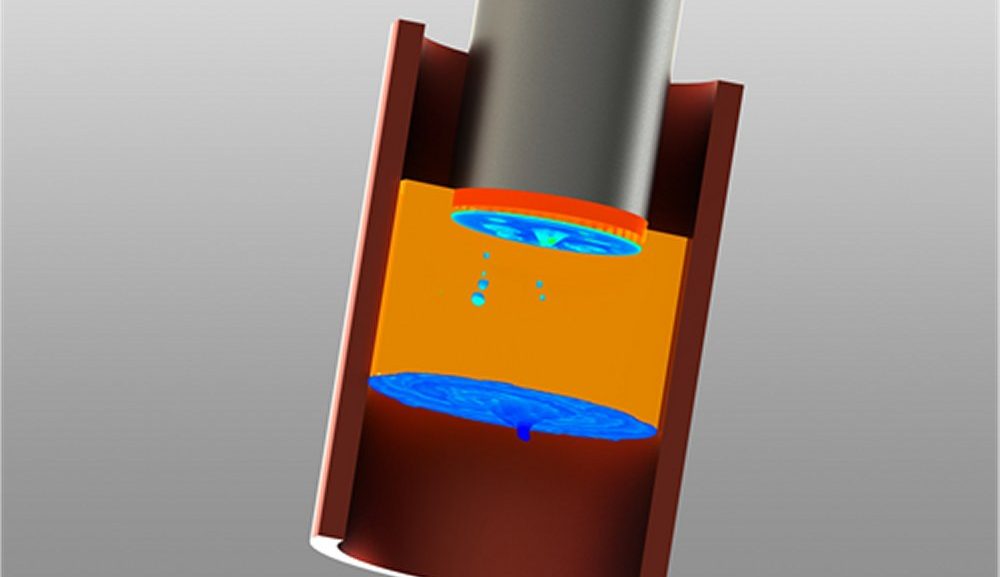
Esteemed experts contributed review articles on modelling and simulation of blast furnace, electric arc furnace, decarbonisation processes, continuous casting, ingot casting, electro-slag remelting, and galvanizing operations.

Advanced Energy Materials presents this new Special Issue on “Renewable Energy Conversion and Storage”, which comprises of 26 review-type articles that highlight the recent progress made in the field of energy conversion and storage in a renewable manner.
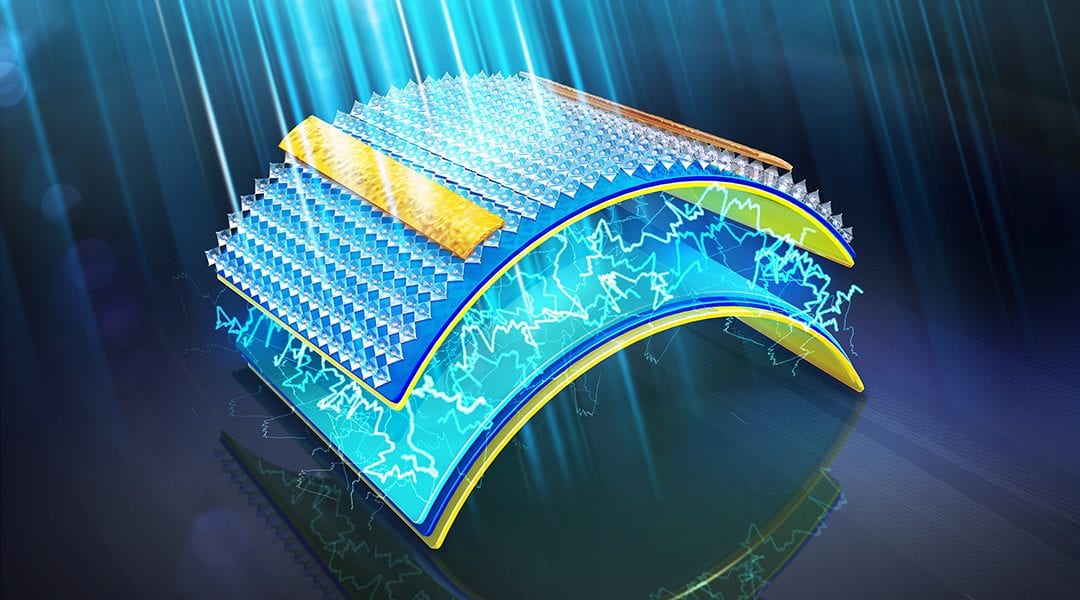
Next-generation electronics should be wearable, versatile, and energy-efficient. A new sensor systems combined with a triboelectric nanogenerator provides an excellent solution.
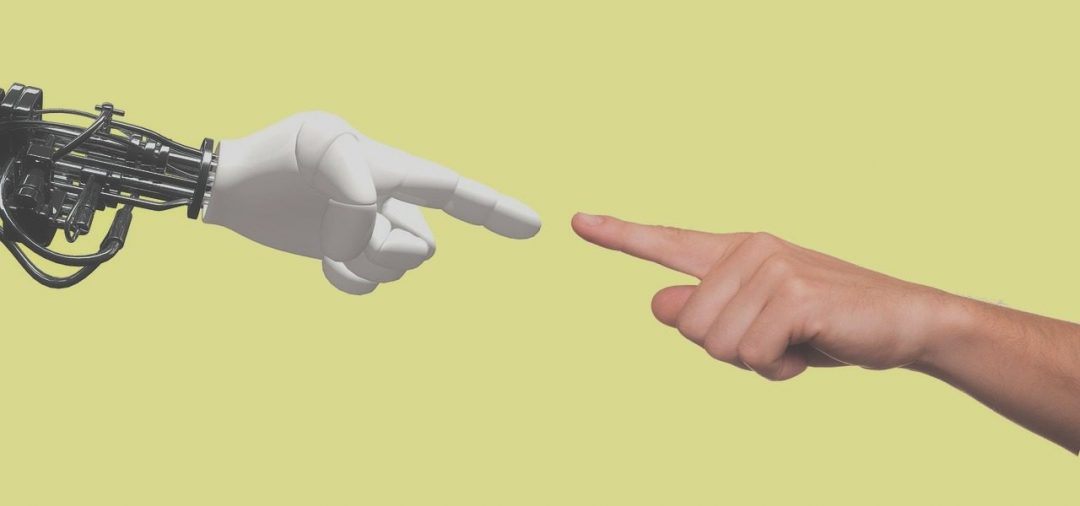
This month’s Advanced Engineering Materials covers and top papers.